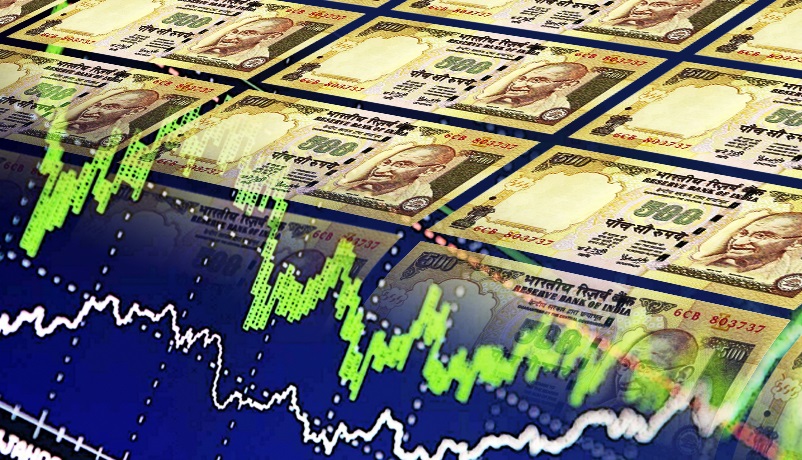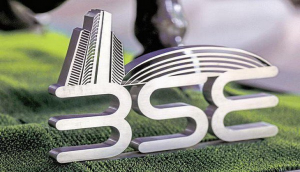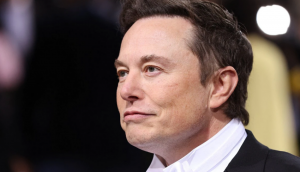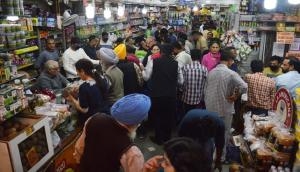
- At its first bi-monthly monetary policy meeting of 2016, the Reserve Bank of India (RBI) left its key repo rate, along with cash reserve ratio and statutory liquidity ratio, unchanged.
- Reserve Bank of India left the key repo rate unchanged at 6.75 per cent, saying it would want to wait for more inflation data and the Union Budget before taking action, even as it said it would continue to remain \"accommodative\".
Reserve Bank of India's Governor Raghuram Rajan today left the key interest rate unchanged - citing inflation risks and growth concerns while pegging further easing of monetary policy on government's budget proposals.
Rajan said the RBI "continues to be accommodative" but would look forward to the government's budget proposals on 29 February as also the inflation trend.
The RBI, which had cut interest rate by 125 basis points or 1.25 per cent in 2015, retained the benchmark repo (lending) rate at 6.75 per cent for the second straight bi-monthly policy of the current fiscal. The next review or the first for the 2016-17 is scheduled for 5 April.
While unveiling the sixth and final bi-monthly monetary policy for 2015-16, Rajan said:
"The Reserve Bank continues to be accommodative even as it leaves the policy rate unchanged in this review, while awaiting further data on the development of inflation".
He said structural reforms in the budget "that boost growth while controlling spending will create more space for monetary policy to support growth" and ensure inflation hits the target of 5 per cent in March 2017.
"On the domestic front, economic activity lost momentum in the third quarter of 2015-16, pulled down by slackening agricultural and industrial growth".
Rajan pegged the growth rate for the current financial year at 7.4 per cent, which, he hoped, would accelerate to 7.6 per cent in the next fiscal.
"For 2016-17, growth is expected to strengthen gradually, notwithstanding significant headwinds... Based on an assessment of the balance of risks, GVA (Gross Value Added) growth for 2016-17 is projected at 7.6 per cent".
Indian economy

Catch News
Rajan said the Indian economy is currently being viewed as a beacon of stability because of the steady disinflation, a modest current account deficit and commitment to fiscal rectitude.
These initiatives are needed to be maintained to strengthen the foundations of a stable and sustained growth, the RBI Governor said. Adding a caveat on the impact of the 7th Pay Commission implementation on the price index, Rajan said:
"Inflation has evolved closely along the trajectory set by the monetary policy stance. With unfavourable base effects on the ebb and benign prices of fruits and vegetables and crude oil, the January 2016 target of 6 per cent should be met".
"Going forward, under the assumption of a normal monsoon and the current level of international crude oil prices and exchange rates, inflation is expected to be inertial and be around 5 per cent by the end of fiscal 2017.
"However, the implementation of the Seventh Central Pay Commission award, which has not been factored into these projections, will impart upward momentum to this trajectory for a period of one to two years. The Reserve Bank will adjust the forecast path as and when more clarity emerges on the timing of implementation," Rajan said.
Expecting a gradual uptick in growth, he said the optimism was based on normal monsoons, large positive terms of trade gains, improving real incomes of households and lower input costs of firms.
-With agency inputs







![BJP's Kapil Mishra recreates Shankar Mahadevan’s ‘Breathless’ song to highlight Delhi pollution [WATCH] BJP's Kapil Mishra recreates Shankar Mahadevan’s ‘Breathless’ song to highlight Delhi pollution [WATCH]](https://images.catchnews.com/upload/2022/11/03/kapil-mishra_240884_300x172.png)

![Anupam Kher shares pictures of his toned body on 67th birthday [MUST SEE] Anupam Kher shares pictures of his toned body on 67th birthday [MUST SEE]](https://images.catchnews.com/upload/2022/03/07/Anupam_kher_231145_300x172.jpg)






